Open 11:00-18:00 (-19:00 on Fri.) Closed on Sun., Mon., national holidays Admission: FREE
|

|
 |
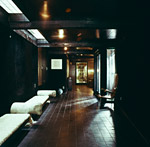
|
India Ink House
(Tokyo, Japan, 1975)
©Hiroaki Tanaka |

|
Guest House PODO Hotel
(Jeju, Korea, 2001)
©Joon Choi |

|
Guest House PODO Hotel
Sketch by Jun Itami |
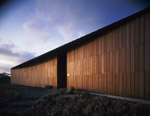
|
Three Art Museums "Wind"
(Jeju, Korea, 2006)
©Shinichi Sato |

|
Three Art Museums "Wind"
Sketch by Jun Itami |
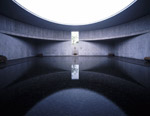
|
Three Art Museums "Water"
(Jeju, Korea, 2006)
©Shinichi Sato |
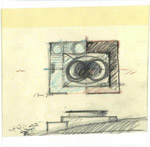
|
Three Art Museums "Water"
Sketch by Jun Itami |
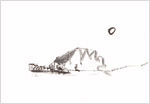
|
Duson Museum
(Jeju, Korea, 2007)
Sketch by Jun Itami |

|
Church of Sky
(Jeju, Korea, 2009)
©Shinichi Sato |

|
Church of Sky
Sketch by Jun Itami |